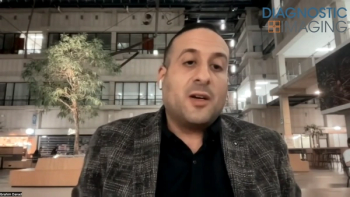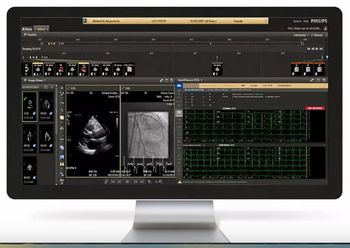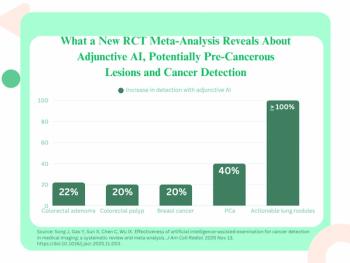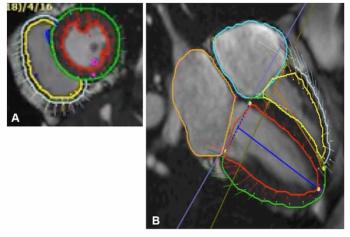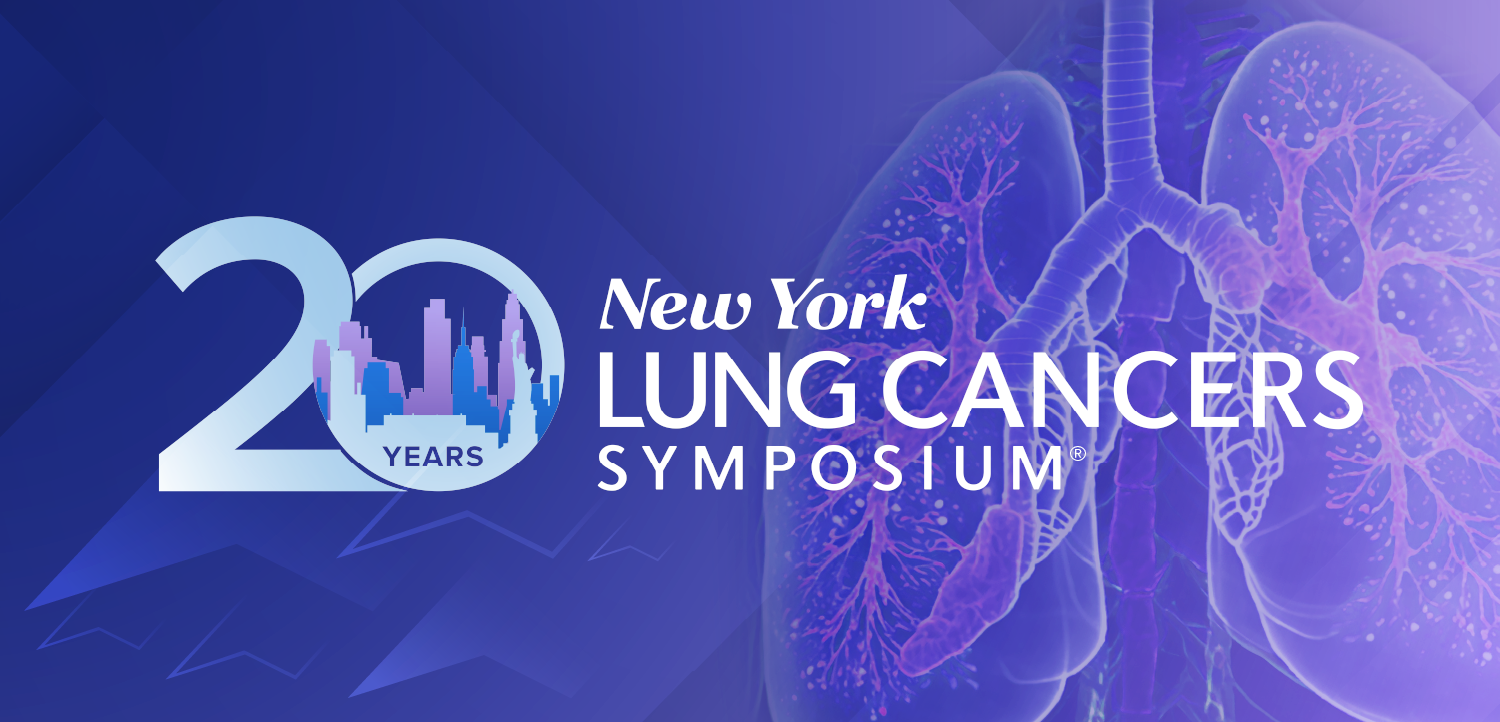
Radiology battles to keep cardiac CT and MR
Training programs target faculty, residentsRadiologists won't lose control over the cardiac application of CT and MR the way they did echocardioagraphy and nuclear medicine, if Dr. Dieter R. Enzmann has anything to say about it.
Training programs target faculty, residents
Radiologists won't lose control over the cardiac application of CT and MR the way they did echocardioagraphy and nuclear medicine, if Dr. Dieter R. Enzmann has anything to say about it. The chair of radiology at the University of California, Los Angeles, David Geffen School of Medicine is helping to organize a training program aimed at teaching radiologists advanced cardiac techniques in CT and MR.
The effort, which Enzmann described as radiology's equivalent to the Manhattan Project, is being backed by the Society of Chairmen in Academic Radiology Departments (SCARD). The goal is to establish cardiac CT and MR training sites at academic medical centers across the country. Each will offer hands-on, didactic, and teaching file educational opportunities for radiologists and technologists, as well as cardiologists who have formed a collaborative relationship with radiologist colleagues. The training programs will run at least five days.
SCARD wants radiology departments to commit to sending at least one faculty member to a training site this year and radiology residency programs to send their residents through training within the next two years. The radiology community has to respond now or risk a repeat of history.
"High-speed scanning technology embedded in new CT and MR equipment has brought cardiac imaging to a level of clinical utility ready for prime time," Enzmann said.
Newsletter
Stay at the forefront of radiology with the Diagnostic Imaging newsletter, delivering the latest news, clinical insights, and imaging advancements for today’s radiologists.

